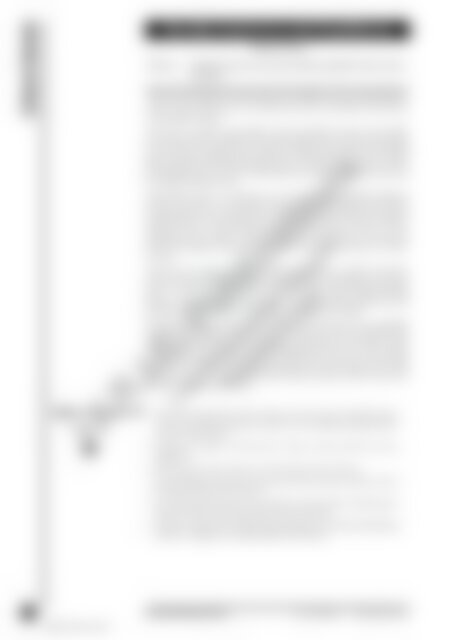RIC-0667 Aboriginal Cult 5-6
You also want an ePaper? Increase the reach of your titles
YUMPU automatically turns print PDFs into web optimized ePapers that Google loves.
<strong>Cult</strong>ural Identity<br />
Different Families<br />
(page 39)<br />
Indicator:<br />
Family Customs and Traditions<br />
Teachers Notes<br />
Identifies that the customs and traditions of families show cultural<br />
variations.<br />
This section is designed to make students aware of different customs within different<br />
cultures. Each custom has its own beliefs and values, and students will be given<br />
some examples of these.<br />
All cultures are different with different values and beliefs. Family customs differ<br />
across many cultures and faiths. For example, Muslims pray at various times during<br />
the day and fast at specified times of the year. Balinese people believe that offering<br />
gifts to their gods will bring them good fortune. Customs are part of every culture.<br />
In <strong>Aboriginal</strong> society, customs are still being practised today that have been practised<br />
for many thousands of years.<br />
The kinship system is an important way to classify and distinguish <strong>Aboriginal</strong><br />
families and relatives. The kinship system provides <strong>Aboriginal</strong> people with an<br />
extended family, as the whole group is seen as family. Because of this, an <strong>Aboriginal</strong><br />
child may refer to several women as ‘mother’ and several men as ‘father’. In non-<br />
<strong>Aboriginal</strong> society, usually a child refers to his/her birth parents as mother and<br />
father. In <strong>Aboriginal</strong> societies, the siblings of their parents are referred to as ‘Mum’<br />
or ‘Dad’.<br />
This may seem complex to us, but to <strong>Aboriginal</strong> people it is a simple way by which<br />
they can work out where they stand in relation to others in their group. For example,<br />
‘Aunt’ is a term that may be used to refer to the father’s sister. <strong>Aboriginal</strong> people<br />
believe it is the role of aunts and uncles to teach the children about rules and<br />
punishments. It is also their responsibility to discipline the children.<br />
Most <strong>Aboriginal</strong> families have an extended family unit. In many cases, a grandchild<br />
may live with grandparents, aunts and uncles as well as their own immediate family.<br />
According to the kinship system, <strong>Aboriginal</strong> people know how to talk to others<br />
and what behaviour is expected of them. Children learn the rules of the kinship<br />
system at an early age. It is through traditional stories and songs that the older<br />
generation are able to teach children about important aspects of their culture such<br />
as history, language and the laws.<br />
©R.I.C. Publications<br />
Low Resolution Images<br />
Display Copy<br />
• Invite some people from other cultures into the class to talk about their<br />
customs. (A culture day where costumes are worn and food tasting is held is<br />
one way of doing this.)<br />
• Talk about ‘customs’ with the class—what are they and why are they<br />
significant?<br />
• Encourage the class to share any customs they practise at home.<br />
• Set up a display with various items and articles from other cultures, such as<br />
clothing, artworks, food, tools etc.<br />
• Use a feely bag with some of the items from other cultures. Students guess<br />
what the items are and what culture they may be from.<br />
• Students complete the worksheet by drawing their own family and finding<br />
pictures in magazines of families different from theirs.<br />
38 Australian <strong>Aboriginal</strong> <strong>Cult</strong>ure R.I.C. Publications www.ricgroup.com.au<br />
ISBN 978-1-86311-807-1


















